The Old West was a land of grueling journeys and constant hunger, where survival often hinged on brute creativity. When food ran out, pioneers had to get creative.
From lizard skewers to tree bark stew, pioneers discovered ways to stay alive against all odds. Here are 20 of the strangest survival foods from the Old West.
1. Cactus Pads (Nopales)
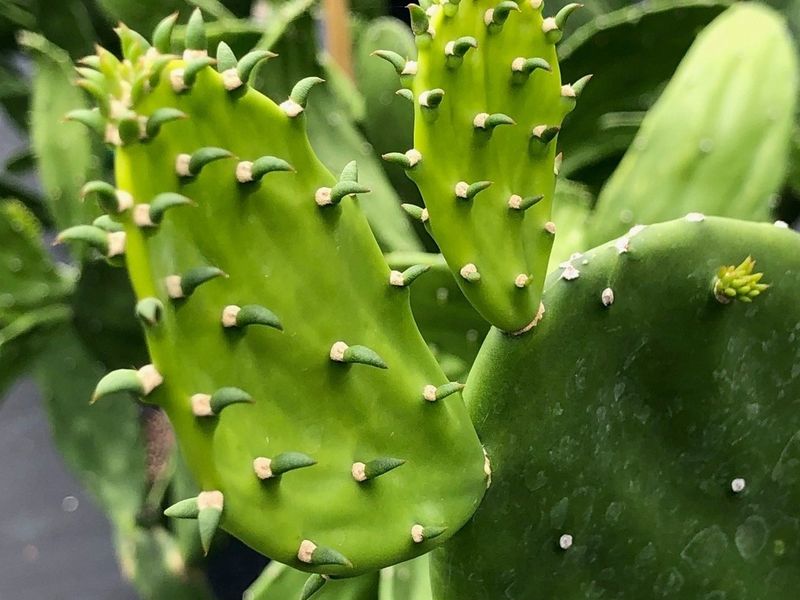
Cactus pads, or nopales, offered a watery lifeline when deserts refused to yield friendlier crops. Their spines had to be painstakingly removed before the paddles were cooked to remove bitterness.
Desperate travelers discovered that these succulent greens provided both hydration and a meager dose of nutrients. Sliced and seared, they were more palatable than one might expect.
2. Buffalo Dung Tea
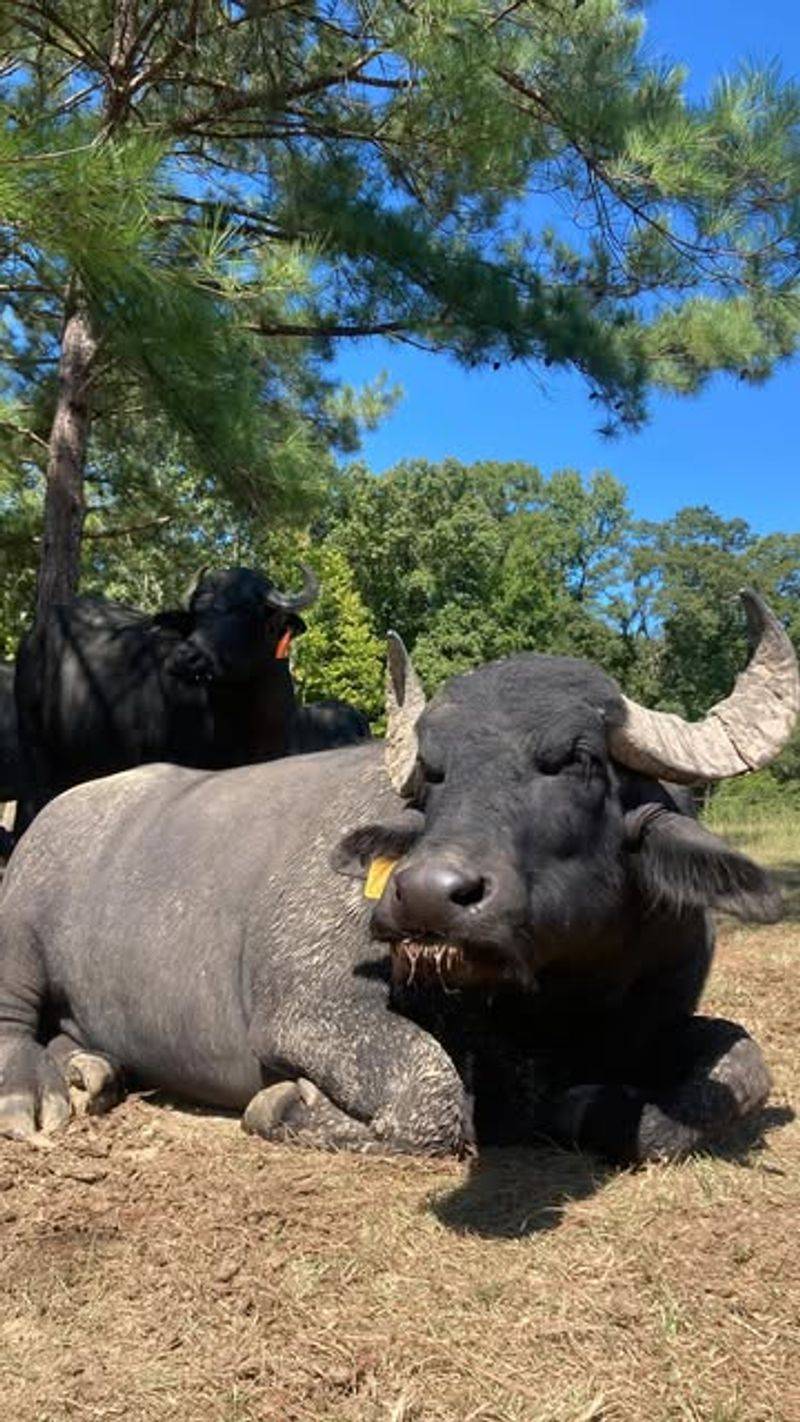
Boiling buffalo dung to make tea ranks among the more startling survival tricks on record. The concept revolved around using the dung to filter and flavor otherwise questionable water.
Settlers who resorted to this grim process recognized its dire necessity. Even the mere notion of such a beverage underscores just how harsh life on the frontier could be.
3. Acorn Mush
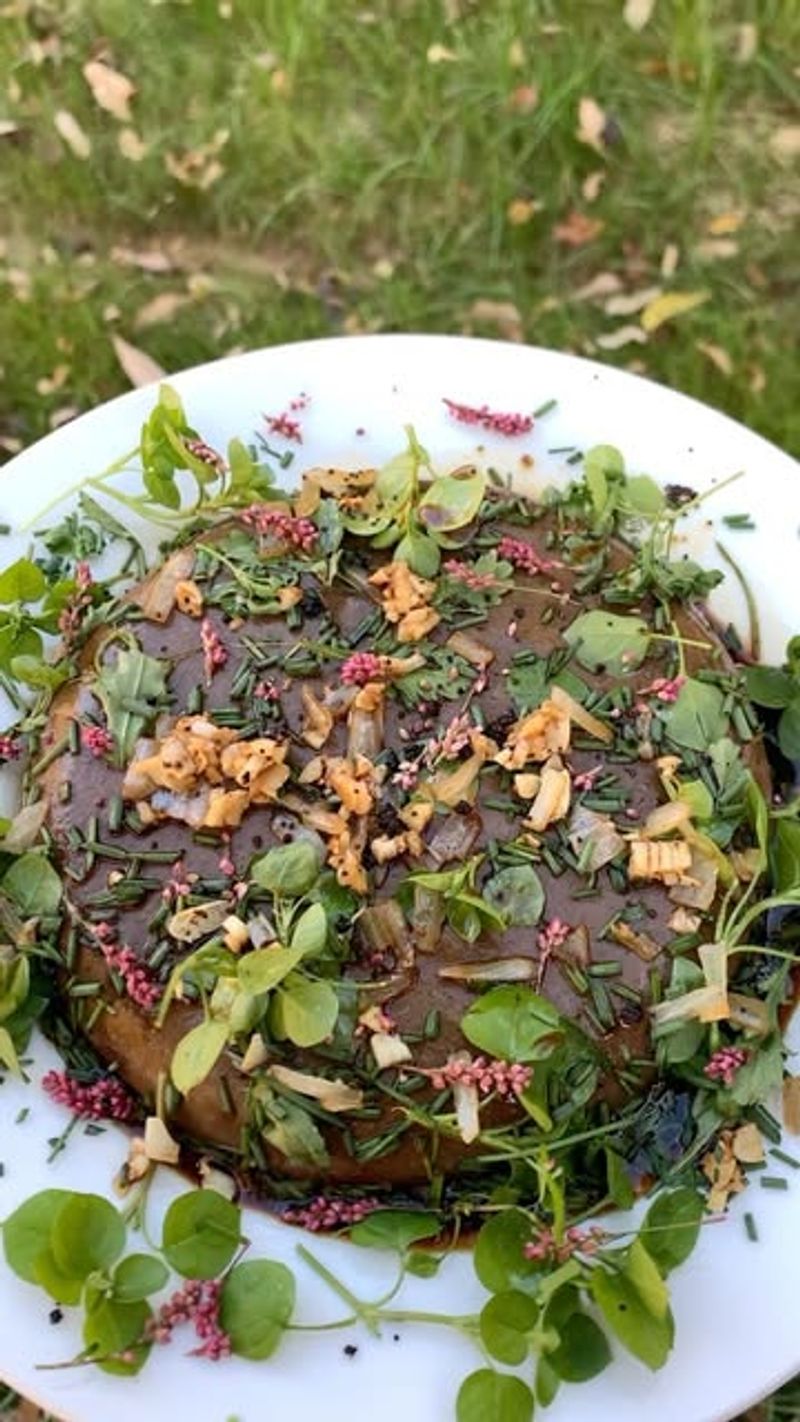
Acorn mush, crafted by soaking and grinding acorns, meant everything from bitter breakfasts to bland dinners. The painstaking process leached out tannins, making the meal marginally less astringent.
Tribes and pioneers alike capitalized on this readily available nut. Although its flavor was far from celebrated, it was a dependable source of sustenance.
4. Dandelion Greens
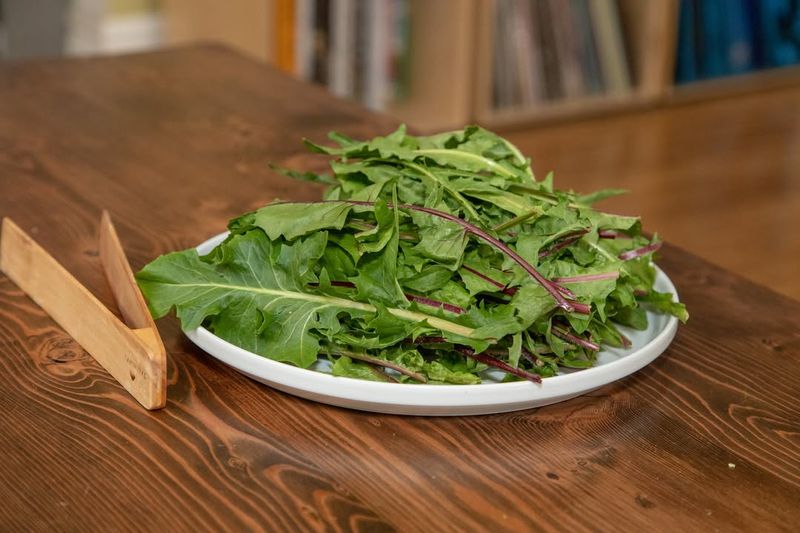
A scattering of dandelion greens might brighten a meadow, but in the Old West, they also brightened many an empty plate. Their naturally bitter taste lessened when boiled or blended into stews.
Resourceful pioneers discovered these greens as a modest source of vitamins. Even something so small provided a vital spark of nutrition in those lean times.
5. Pine Bark Stew
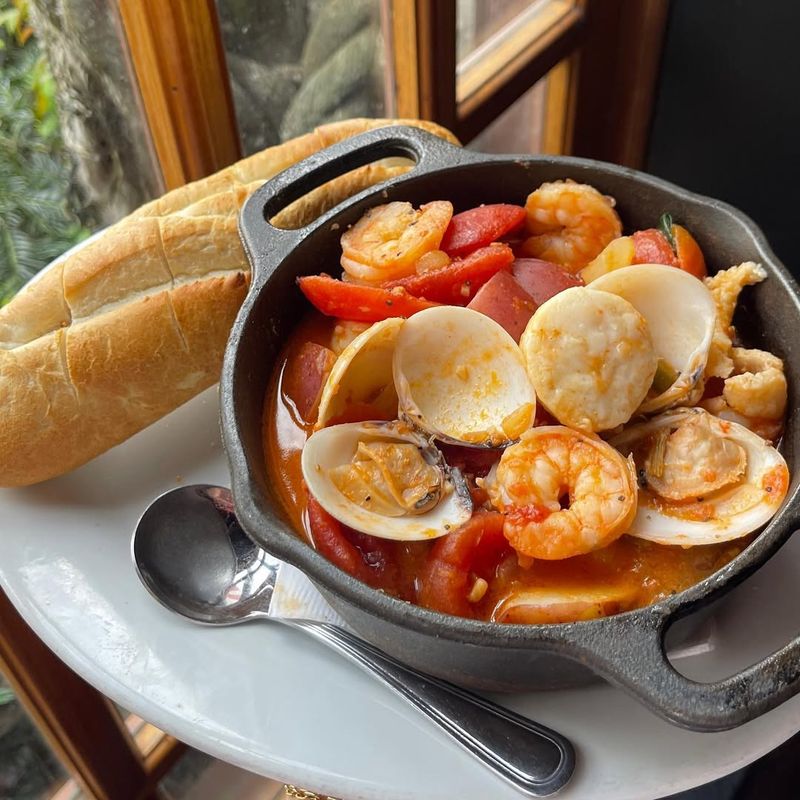
Pine bark stew harnessed the fibrous inner layers of pine trees, chopped and boiled into a rough, stringy meal. The mild flavor was overshadowed by its gritty texture, yet it offered a lifeline of sustenance.
Such a dish emerged from dire circumstances where every scrap of edible fiber mattered. That distinctive pine aroma must have lingered on the tongue long after the final bite.
6. Hardtack

Hardtack was more a survival tool than a foodstuff—a hard, flavorless cracker that refused to spoil. Often it had to be dunked in coffee or water just to make it chewable.
Stashing these solid wafers could keep a traveler nourished for months on the trail. They remain a stark reminder of the brutally simple diets pioneers endured.
7. Pemmican

A slab of dried meat, melted fat, and mashed berries shaped into blocks formed pemmican. Indigenous people introduced this superfood to explorers, who learned it provided quick energy and long shelf life.
Though not visually appetizing, it served as an invaluable travel companion in the frontier. High-calorie and nutrient-dense, it exemplified practical old-world knowledge.
8. Jerky From Any Available Meat
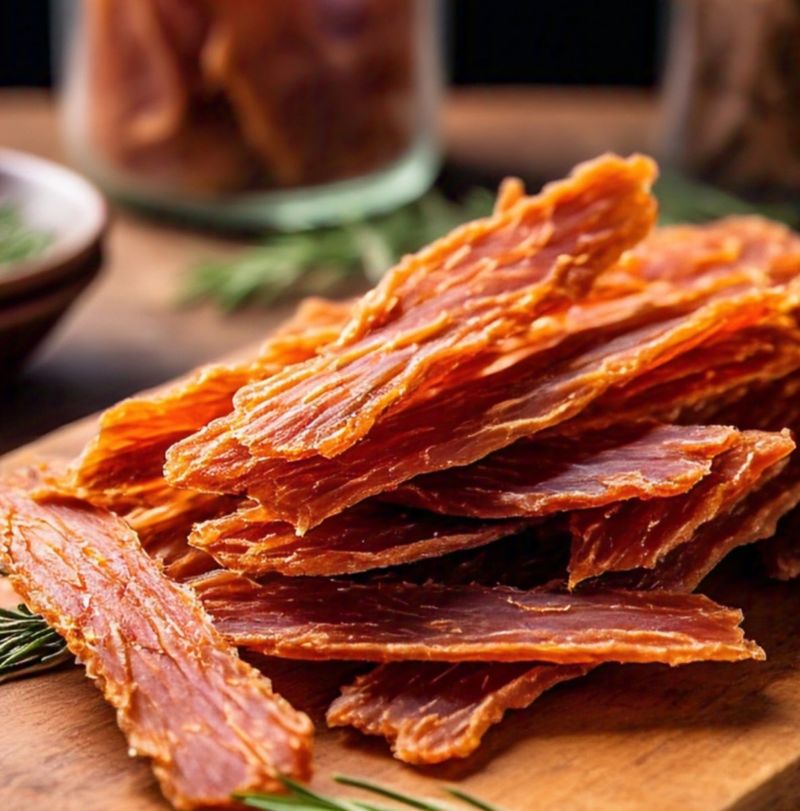
Jerky from any available meat meant that sometimes even questionable sources—possibly a bit spoiled—found their way into the drying process. The intense dryness killed off bacteria and preserved protein for grueling weeks.
Hunters, trappers, and soldiers all depended on its compact, portable sustenance. The tough, chewy texture was a testament to Western endurance and acceptance of harsh realities.
9. Parched Corn

Parched corn resembled tiny popcorn kernels, roasted until golden and crunchy. Chewing them slowly released a hint of sweetness, providing quick, lightweight energy on the move.
This ancient technique, shared by Native Americans, fit perfectly into the pioneer’s lifestyle. A small pouch could stave off hunger during exhausting treks or long days at camp.
10. Molasses & Cornmeal Mush

Molasses and cornmeal mush materialized as a cheap, calorie-dense porridge that reigned at many frontier breakfasts. Sticky, slightly sweet, and surprisingly filling, it warmed cold mornings.
Cooks found comfort in its effortless preparation, stirring together two of the West’s most common staples. Though bland by modern standards, it offered much-needed energy for the hard-labor days ahead.
11. Prairie Dog Stew

This stew came into play when larger game was scarce. Pioneers found themselves hunting the small rodents out of necessity, tossing the meat into a pot with whatever vegetables or herbs they had on hand.
Leaner and gamier than typical livestock, prairie dogs provided a surprising shot of protein. Survival out on the plains often demanded embracing such unconventional fare.
12. Rattlesnake Meat
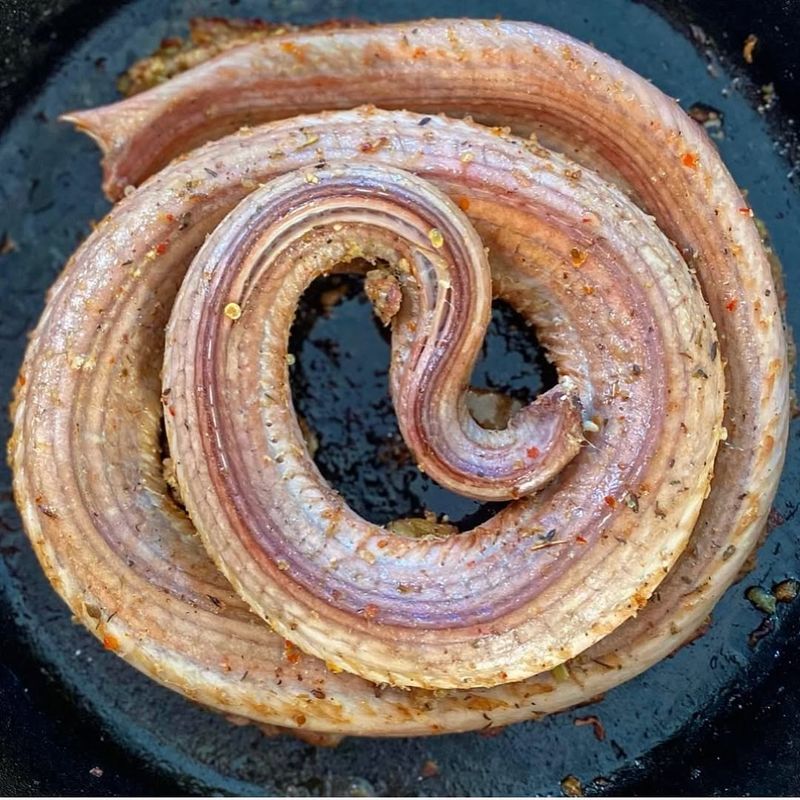
A rattlesnake sizzling over a fire spoke of desperate desert times. Once the venomous head was removed, the remaining meat could be stewed or grilled for a faintly fish-like flavor.
This reptilian protein source underlined the lengths settlers went to in feeding their families. Strangely enough, many reported the taste to be more pleasant than one might expect.
13. Grasshoppers & Locusts
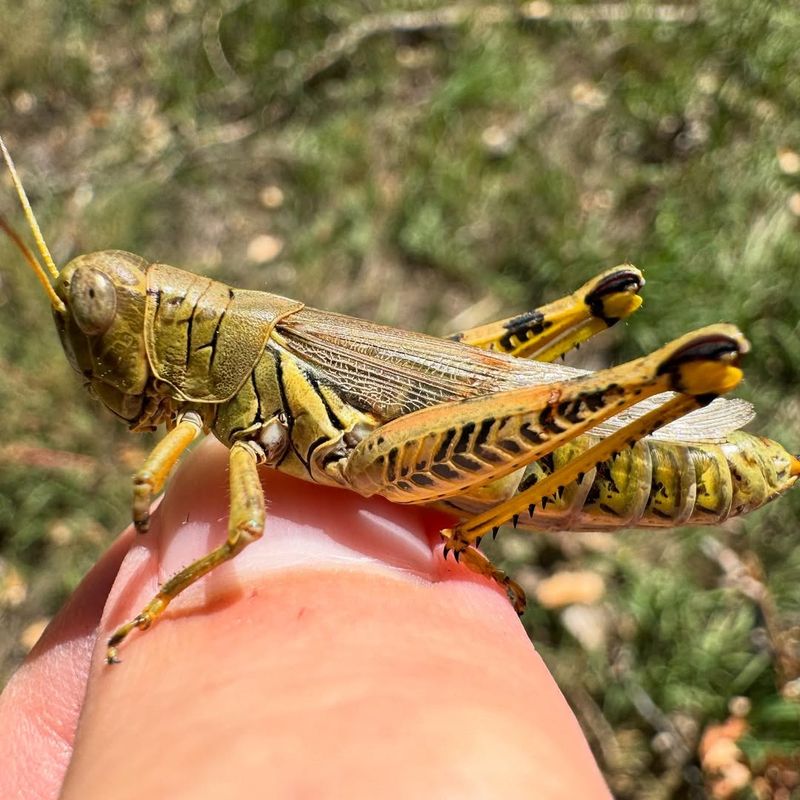
Grasshoppers and locusts became roving snacks for pioneers facing famine. Roasted or ground into flour, they delivered a high-protein punch.
This insect meal, though off-putting to modern palates, has roots in countless global cuisines. Necessity turned aversion into a pragmatic, if somewhat shocking, meal choice.
14. Beaver Tail
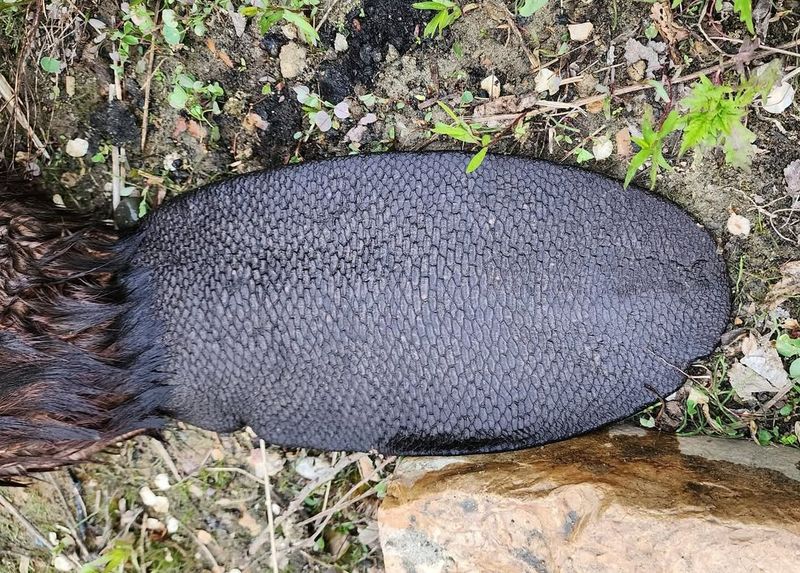
A beaver tail, fatty and gelatinous, was considered a frontier delicacy. Boiled or roasted, it provided precious calories in regions where few fats were available.
Frontiersmen eagerly harvested these tails for their energy-rich content. While it might sound unappealing now, the old West valued every scrap of nourishment possible.
15. Ox Blood Gravy

Ox blood gravy, thickened with flour, added protein to biscuits when meat was limited. The sharp, metallic tang might have been a challenge to refined tastes, but it filled bellies on hard-luck nights.
In the absence of more conventional options, pioneers refused to waste a single droplet. This adaptation symbolizes the resilience that defined Western survival.
16. Leather Strips & Old Boots

It sounds unbelievable, but leather strips or even old boots found their way into boiling pots when desperation struck. Hours of simmering could leach out any remaining nutrients or soft tissues.
Though unimaginable today, it underscores the harsh conditions folks endured. The idea that boots could double as stew ingredients speaks volumes about 19th-century resourcefulness.
17. Tree Bark Tea
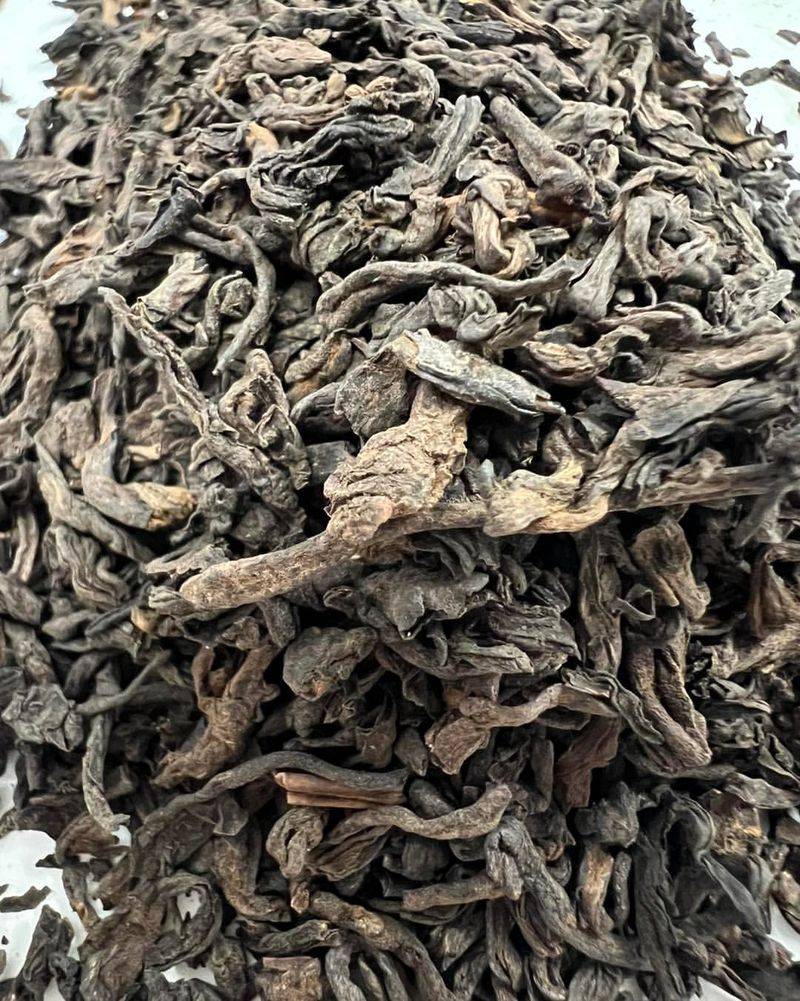
Tree bark tea, concocted from bark scraps, served as a rudimentary medicine and hydration source. Infusions of pine or birch added subtle flavors, though bitterness often reigned.
As a slim alternative to fresh water, it offered slight health benefits in dire scenarios. Early Western life thrived on such creative, if unappealing, solutions.
18. Tumbleweed Greens
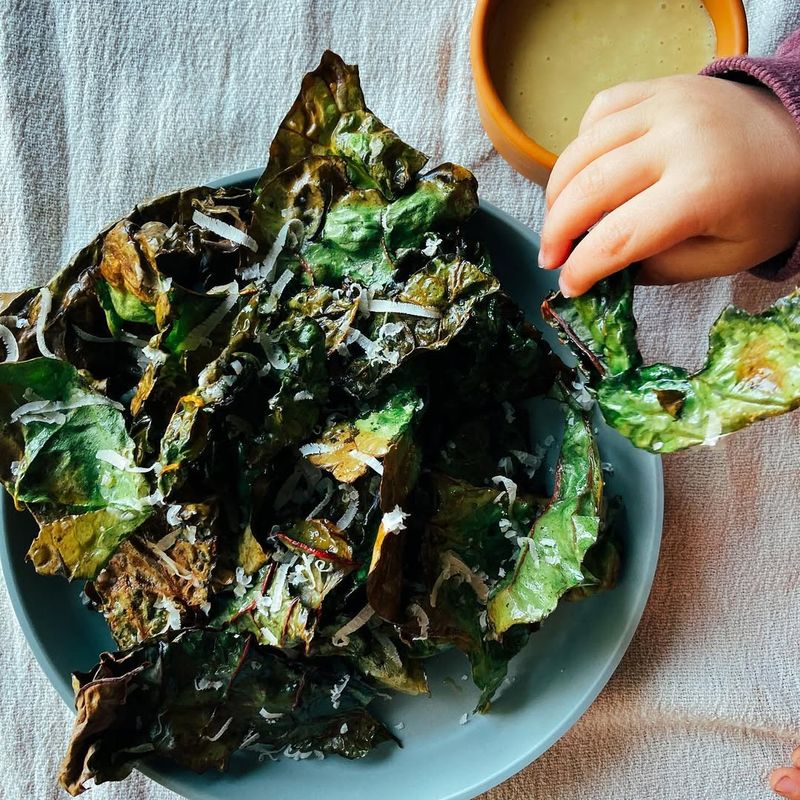
Tender young tumbleweeds occasionally landed in pots as a last resort green. Boiled or sautéed, they tasted neutral yet provided essential vitamins for those on the brink of starvation.
The sight of tumbleweeds drifting across plains might symbolize emptiness, but for some, it spelled salvation. Every new leaf anchored a rare chance at nourishment.
19. Raw Bone Marrow
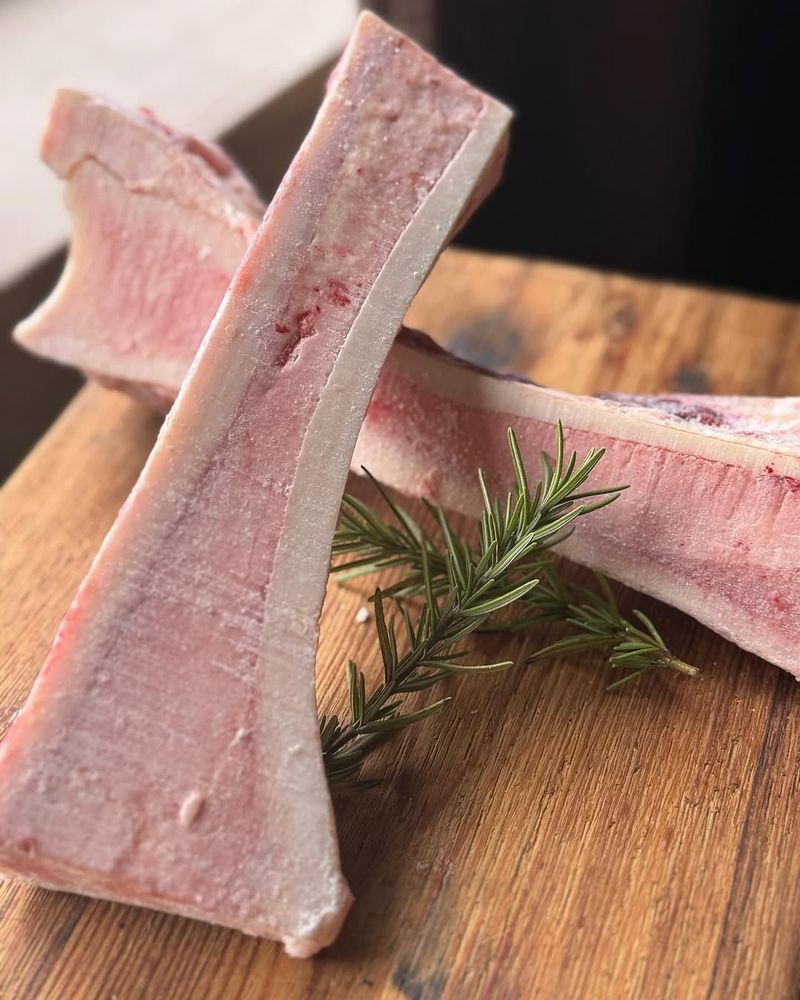
Sucked directly from split bones, raw bone marrow provided a concentrated dose of fats and minerals. Hunters prized its velvety texture and rich, buttery flavor that soared beyond its humble origin.
While not for the squeamish, this practice hails from ancestral traditions worldwide. In the Old West, no resource was left unexplored in the quest for survival.
20. Lizard Skewers
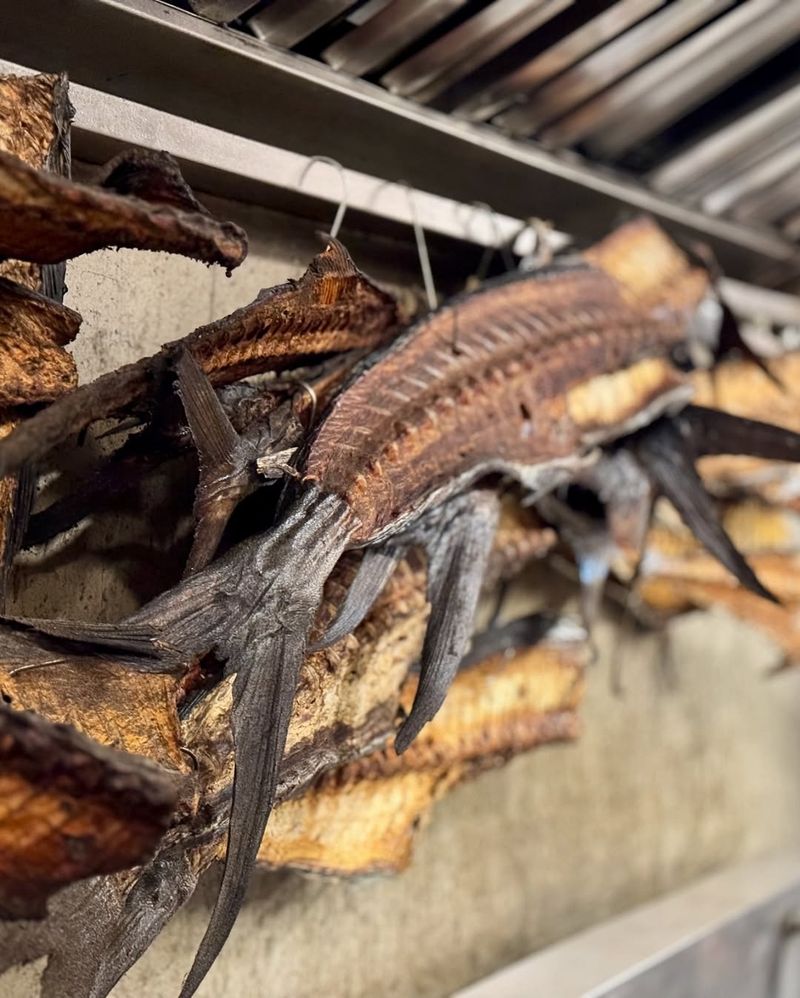
Lizard skewers, roasted over open flames, appeared when prairies refused to yield more comforting meals. The meat offered minimal moisture but valuable protein.
Frightening as it sounds, it was a means to stave off hunger in scorching desert conditions. Pioneers, hardened by the wild frontier, learned to adapt or perish.

